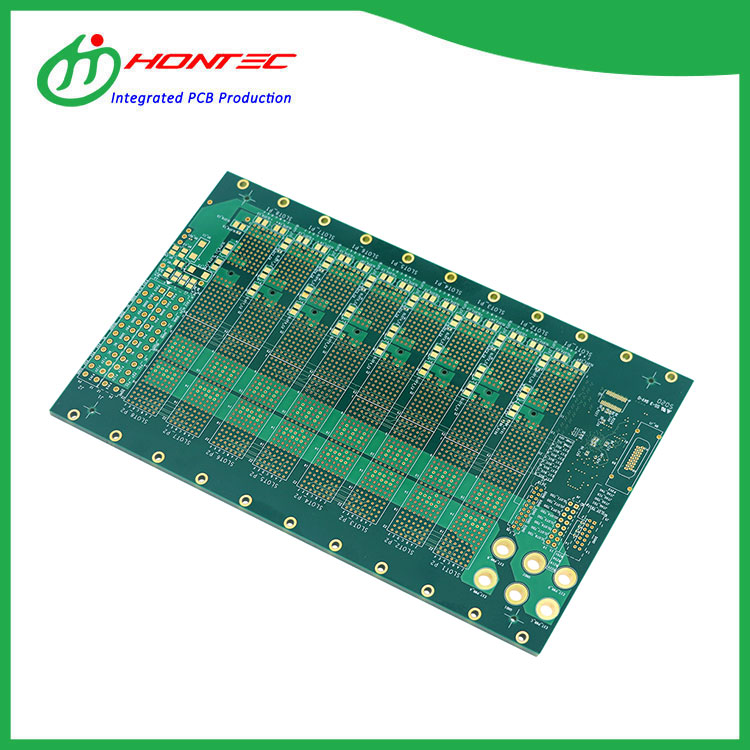Unleashing Potential: TG250 PCBs in High-Frequency Applications and Limitations
2023-12-14
Introduction:
In the fast-paced world of electronics, high-frequency applications demand materials that can keep up with the need for speed and precision. TG250 PCBs have emerged as contenders for such applications, offering a unique set of properties. In this blog, we will explore the potential of TG250 PCBs in high-frequency scenarios and shed light on any limitations that engineers and designers should be mindful of.
Understanding TG250 PCBs:
TG250 PCBs are crafted from materials with a high glass transition temperature (Tg), which refers to the point at which the material transitions from a rigid to a more flexible state. This inherent thermal stability makes TG250 an attractive choice for applications that involve high frequencies.
Advantages in High-Frequency Applications:
1. Low Dielectric Constant (Dk):
TG250 PCBs exhibit a low and stable dielectric constant, a key factor in high-frequency applications. A low Dk allows for faster signal propagation and reduced signal loss, contributing to improved overall performance.
2. Low Loss Tangent (Dissipation Factor, Df):
The low loss tangent of TG250 is beneficial in high-frequency scenarios. It minimizes signal attenuation during transmission, ensuring that the integrity of high-frequency signals is preserved.
3. Excellent Signal Integrity:
Thanks to the combination of low Dk and low loss tangent, TG250 PCBs can maintain excellent signal integrity even at high frequencies. This is crucial for applications such as RF (Radio Frequency) systems, microwave devices, and high-speed data communication.
4. Thermal Stability:
High-frequency applications often generate heat, and TG250's thermal stability becomes an asset in managing temperature variations. This is particularly important in scenarios where maintaining consistent electrical performance is critical.
Limitations in High-Frequency Applications:
1. Material Cost:
TG250 PCBs, while offering excellent performance, may come with a higher material cost compared to some standard PCB materials. Engineers should weigh the benefits against the project's budget constraints.
2. Manufacturability Challenges:
Achieving precise control over high-frequency signals may require specific manufacturing techniques. The implementation of controlled impedance traces and precise fabrication processes might pose challenges during production.
3. Application-Specific Considerations:
While TG250 is well-suited for many high-frequency applications, the appropriateness of its use depends on the specific requirements of the project. Designers should consider factors like the frequency range, power levels, and the overall environment in which the PCB will operate.
Conclusion:
TG250 PCBs undeniably offer a compelling solution for high-frequency applications, providing a balance of low dielectric constant, low loss tangent, and thermal stability. Engineers and designers can leverage these properties to achieve superior signal integrity and performance. However, it's crucial to approach the use of TG250 with a nuanced understanding of project requirements, cost considerations, and manufacturing intricacies. As technology continues to advance, the role of TG250 PCBs in high-frequency applications is poised to expand, with ongoing innovations addressing potential limitations and opening new possibilities in the realm of electronic design.



